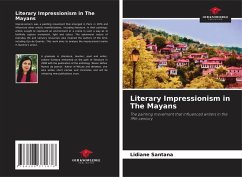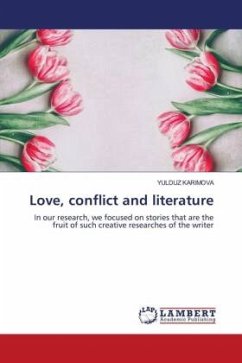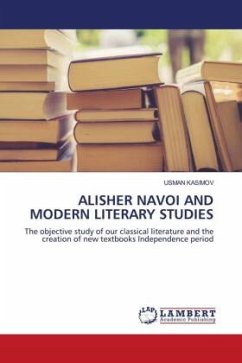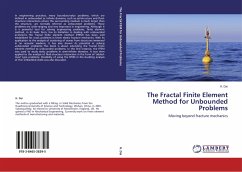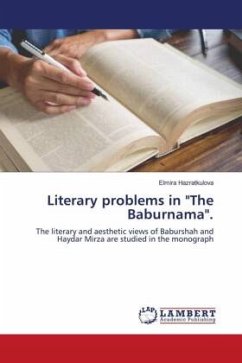
Literary problems in "The Baburnama".
The literary and aesthetic views of Baburshah and Haydar Mirza are studied in the monograph
Versandkostenfrei!
Versandfertig in 6-10 Tagen
53,99 €
inkl. MwSt.

PAYBACK Punkte
27 °P sammeln!
The study of "The Baburnama" and "Tarihi Rashidi" in Europe began in the second half of the 19 th century, and the first studies were carried out in the form of translation of these works into European languages. At the next stage, there was research in the form of checking the information contained in these works and using them for scientific purposes.The translation of "The Baburnama" into about twenty languages ensured the worldwide popularity of this rare source and expanded the scope of scientific interest in it. The fact that the author of the work is related to Babur and the events in t...
The study of "The Baburnama" and "Tarihi Rashidi" in Europe began in the second half of the 19 th century, and the first studies were carried out in the form of translation of these works into European languages. At the next stage, there was research in the form of checking the information contained in these works and using them for scientific purposes.The translation of "The Baburnama" into about twenty languages ensured the worldwide popularity of this rare source and expanded the scope of scientific interest in it. The fact that the author of the work is related to Babur and the events in the center of the text are directly related to Babur's life were the main factors that contributed to the interest of Western orientalists in "Tarihi Rashidi".In the Western scientific community, especially in the observations of orientalists, the priority is to study the works of "The Baburnama" and "Tarihi Rashidi" from the perspective of sources of history, culture, sociology, politics, medicine, medicine, nature, ethics, Islamic studies, linguistics, Sufism. Several studies conducted in the aspect of literary studies are observed only in the activities of scientists in Uzbekistan.






